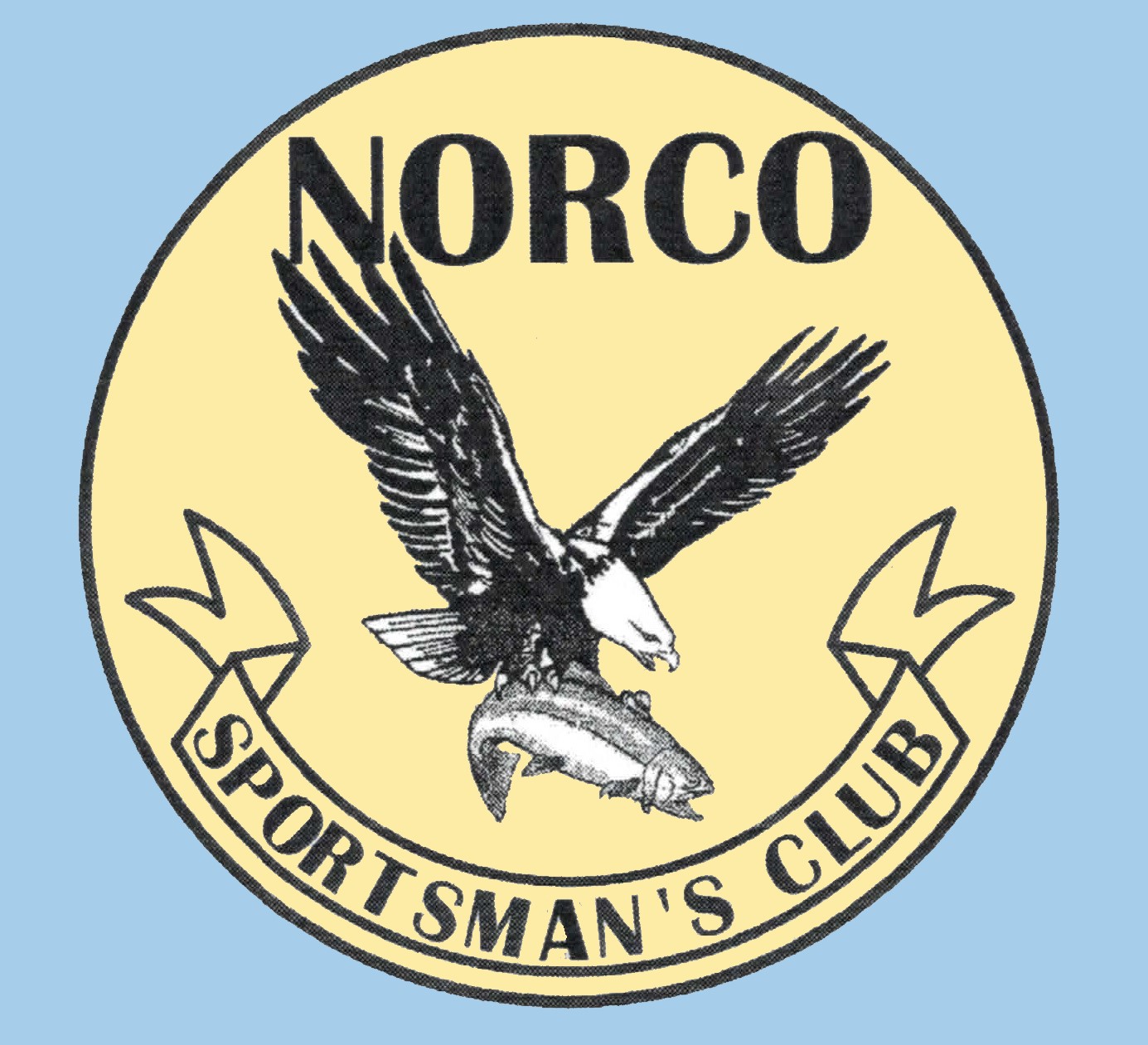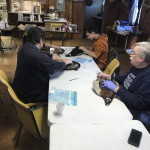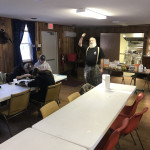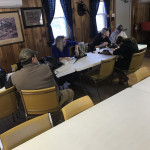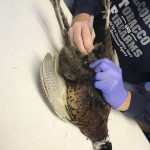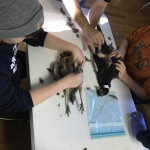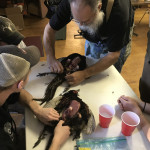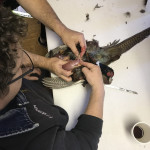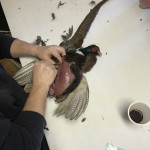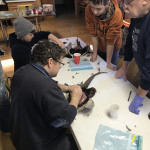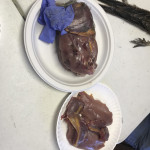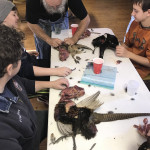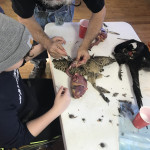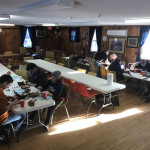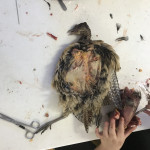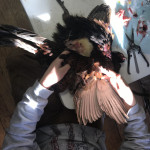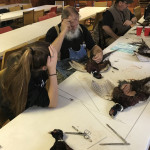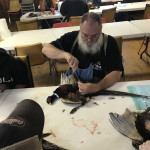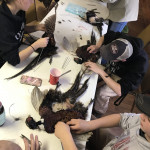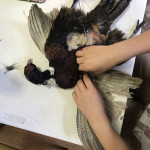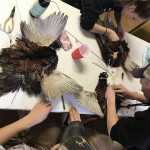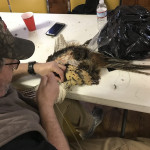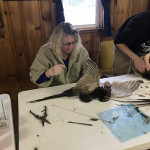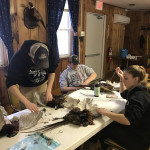The Norco hosted Taxidermy Class led by self-taught taxidermist Curt De Villers went off without a hitch, whereby a full day of leading hunters/students through the first stage of mounting a pheasant. The major steps for session 1 were: separate the carcass (meat and entrails) from the skin/feathers; detailed work to remove fat and meat from the skin and remaining bones with the aide of boraxo; prep the head by removing of grey matter while meticulously retaining the skin, eye holes and beak; inserting wire rods for the legs and wings to aide the mounting pose at a later stage.
In between Session 1 and Session 2, Curt will further dry the skins in a homemade skin dryer, saving the students from 3 hours of low heat hair-blower work.
Students having a blast are: Colleen Mandella, Rose Mandella, Jack Mandella , Coady McCullum, Jim Valley , Bob Hager , Jack Desmarais, Tommy Murphy, and Tom Sr. Murphy
Session 2 will entail rebuilding and sewing the bird cavity, posing the bird, cosmetic work, and mounting the bird to a display. All the students have opted to pose their project bird flying.
Bob Hager brought two fresh male pheasants from his recent outing at Addieville hunting preserve in RI…and we harvested the breast meat, leg meat, and backstraps for the March game dishes. The rest of the birds were harvested during the pheasant season, most from the Norco property.
Curt has been invaluable with his years of knowledge, learned the hard-way of course. He explains that a pheasant is a perfect first project bird since its skin is easy to separate, does not have much fat, and has beautiful plumage. All students have to make mistakes and doing that under a watchful eye of an instructor makes for quick work-arounds/remedies to still reach the end of the project with a nice bird to display. Once one masters this technique for birds, one can expand into other birds such as duck, geese, turkey, grouse, and partridge. Road kill may be a good way to have access to future birds to practice on, however, one has to be careful that certain birds need to be reported to MA Wildlife such as owls, hawks, and eagles.
Curt’s background as a taxidermist is a passion that started with his own and friends and family harvested animals. As he self-taught himself to a professional level, he went professional for many years. To regain some enjoyment out of the profession, he has scaled back his efforts to friends and family…and teaching others on how to get started to plant the seeds for the future generation of taxidermists and home hobbyists. Curt is a mainstay at the Mass Outdoor Expo where he turns his house inside out…and brings his pelts, skins, and mounts to help everyone be aware and appreciative of the animals that live around us. Not everyone has run their hands through the soft winter fur coat of a coyote, looked over bear pads and claws, appreciate the fur patterns of nocturnal and quick moving animals like racoons and bobcats, feel the suppleness of deer leather, and much more. Seeing and feeling these animals up close adds to the excitement to put out a trail camera.
